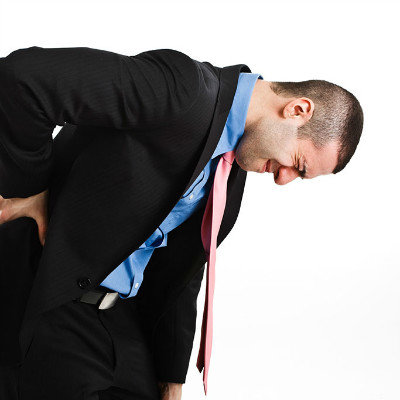Symptoms of lumbar myofascitis?
summary
Myofasciitis, also known as "back muscle injury", "back fibrositis" and "back fascia pain syndrome", refers to the aseptic inflammatory reaction of muscles and fascia. When the body is stimulated by external adverse factors such as cold invasion, fatigue, trauma or improper sleeping position, it can induce the acute attack of myofascitis, such as shoulder, neck and waist muscles, ligaments Acute or chronic injury and strain of joint capsule are the basic causes of the disease. Symptoms of lumbar myofascitis? Let's talk about it
Symptoms of lumbar myofascitis?
(1) local muscle pain: chronic persistent acid pain or dull pain, pain is tight or heavy pressure, waist, back, sacral, buttock, leg, knee, plantar, neck, shoulder, elbow or wrist can occur.

(2) ischemic pain: local cold or general fatigue, cold weather will induce pain, late night sleep will wake up pain, morning stiffness pain, reduce after activity, but often after a long time of work or in the evening aggravation, when a long time of inactivity or excessive activity or even bad mood can also aggravate the pain.

(3) fixed tenderness point: the patient's side or local muscle tension, spasm, bulge, contracture or stiffness were found during physical examination. The location of tenderness point is usually fixed near the starting and ending points of muscles or at the junction of two groups of muscles in different directions. Painful induration or painful muscle cord can be felt in the deep part of tenderness point.

matters needing attention
1. Keep away from dampness, cold and cold. Don't sleep in wet places. According to climate change, add clothes at any time. After sweating and rain, change wet clothes or dry your body in time. When it's cold, you can use an electric blanket or sleep on the Kang. 2. Acute lumbar sprain should be treated actively and rest at ease to prevent it from becoming chronic. 3. Be prepared for sports or strenuous activities.
















